Did you fall victim to these common fallacies? Be on the right side of the facts
I'm going to be up front and honest with you.
I'm not a biologist.
I don't have a degree in wildlife biology.
And I don't conduct peer-reviewed research on whitetails.
But I have dedicated a big portion of my life to studying and learning about the white-tailed deer. Throughout the years, I've gathered as much information about the species as I could garner. Furthermore, I've reached out to some of the leading biologists in the country to help debunk some of the world's biggest deer myths.
Knowing there are so many myths and misconceptions out there about whitetails bothers me. Obviously, there's no harm in not knowing what you don't know. But some hunters continue to propagate these false ideas despite knowing they aren't accurate or true.
Whitetails are my passion. They're your passion, too. So here goes. These are 15 of the whitetail world's hottest secrets and most commonly believed myths.
We're here to help set the record straight.
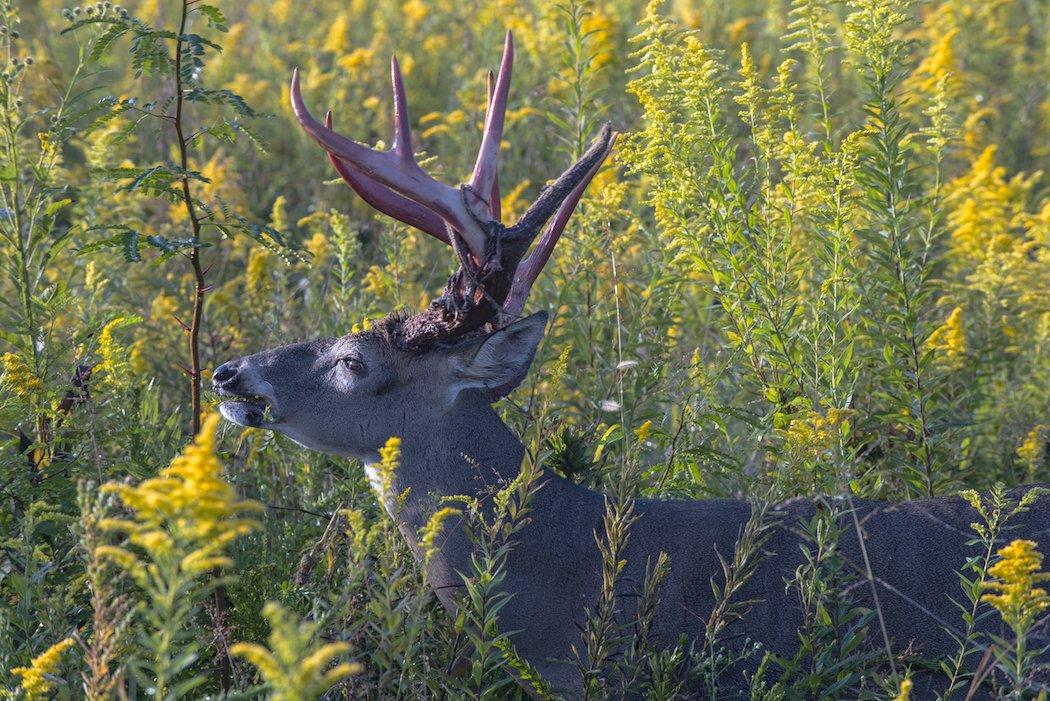
It's a common misconception that bucks influence their offspring more than does do. That's simply not true. The fact is that both bucks and does contribute approximately 50 percent of the genetic makeup of a fawn. Antler characteristics can be influenced by either one.
Beyond that, which of the two will raise the fawn. The doe will. She'll nurse it, nourish it, and raise it up. If for some reason that fawn has a hard life (late-born, the doe lacks milk production, the mother places it in low-quality cover, etc.), it's on that doe. And research shows fawns that have a hard life produce subpar antlers as yearlings. And, on average, it tends to carry over each year afterward.
So, in essence, the doe plays a greater role in antler production than bucks do.
Another myth about fawns is that they don't have scent when born. The truth of the matter is that they do. Don't let someone try to convince you otherwise.
Don't Miss: The Secret to Big Bucks: Age
Photo credit: Shutterstock / Photos By Andy
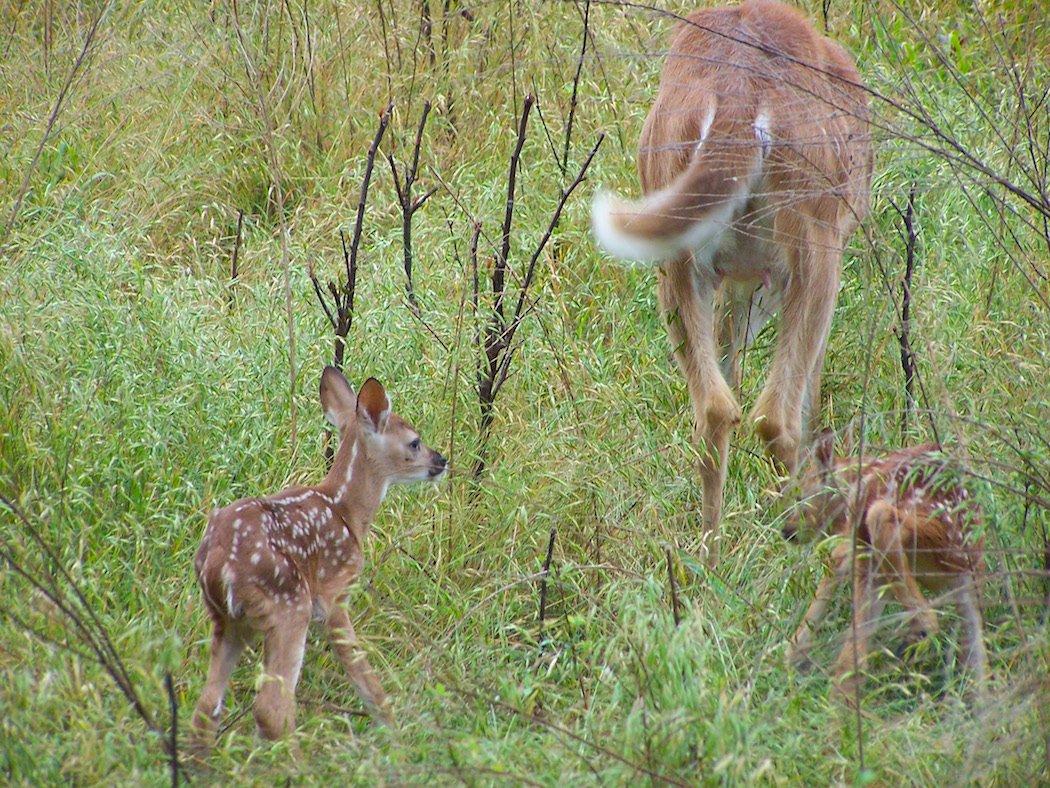
When a doe gives birth to fawns, they aren't always sired by the same bucks. In fact, it's relatively common for does to give birth to two fawns sired by two different bucks. When does come into estrus, breeding parties often form ‚ especially in areas with balanced sex ratios. This often results in subdominant bucks making it to and breeding receptive does before or after a more dominant buck does. In essence, does are often bred by more than one buck during its estrus cycle.
The vast majority of sibling fawns aren't identical twins. They generally have their own set of genetic make-up. They aren't the result of one egg splitting. Instead, two eggs are released from the ovaries and both become fertilized. It is possible for eggs to split and identical twins to be born. But this is fairly uncommon in the grand scheme of fawning.
Don't Miss: 8 Myths About White-Tailed Deer Fawns
Photo credit: Josh Honeycutt
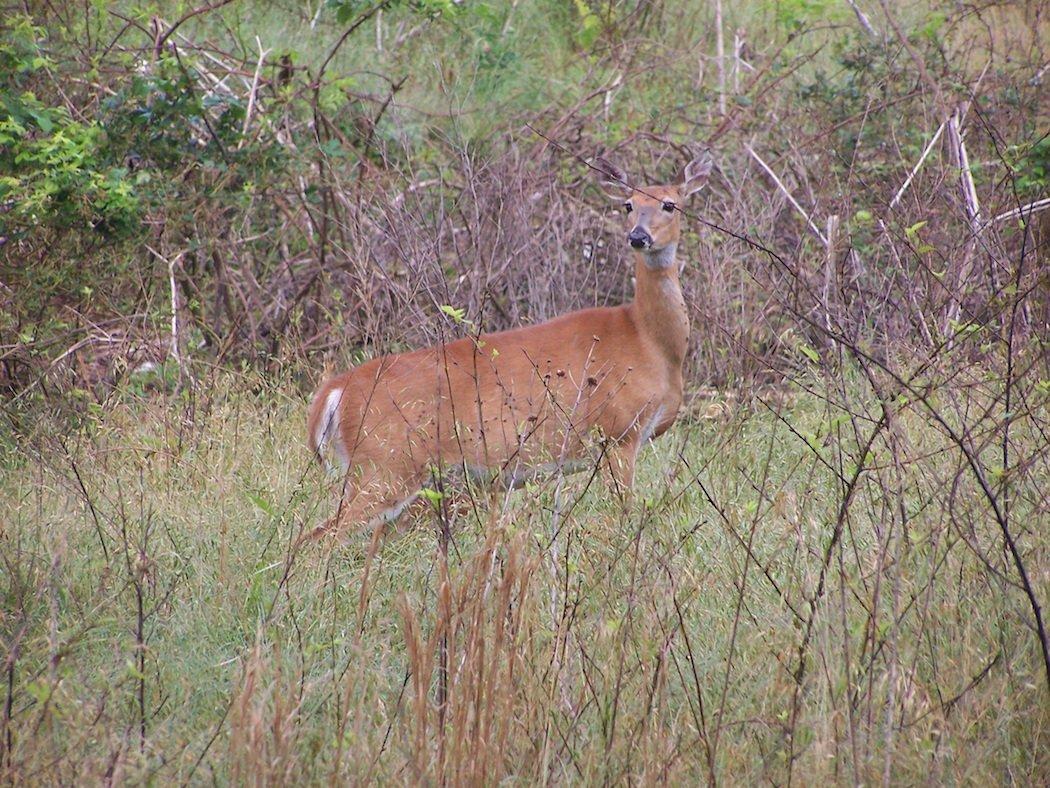
Many people believe doe fawns become sexually mature once they reach a certain age. That's false. They become sexually mature once they reach a certain weight. Different doe fawns reach that weight threshold at different ages. Factors that influence when this threshold is reached include time of birth, its mother's effectiveness as a provider/protector, weather, available food sources and genetics.
To further illustrate this, approximately 50 percent of doe fawns in the Midwest breed their first fall and a much lower percentage do so in the Southeast. Better food and habitat allow most fawns in the Midwest to reach that weight much sooner than their southeastern cousins.
Some doe fawns will conceive. Some won't conceive until they're 1¬Ω years old the following fall. Others breed somewhere in-between. But it's different for every doe and weight is the deciding factor.
Don't Miss: New Study: Big Timber Not Suitable for Whitetail Fawns
Photo credit: Josh Honeycutt
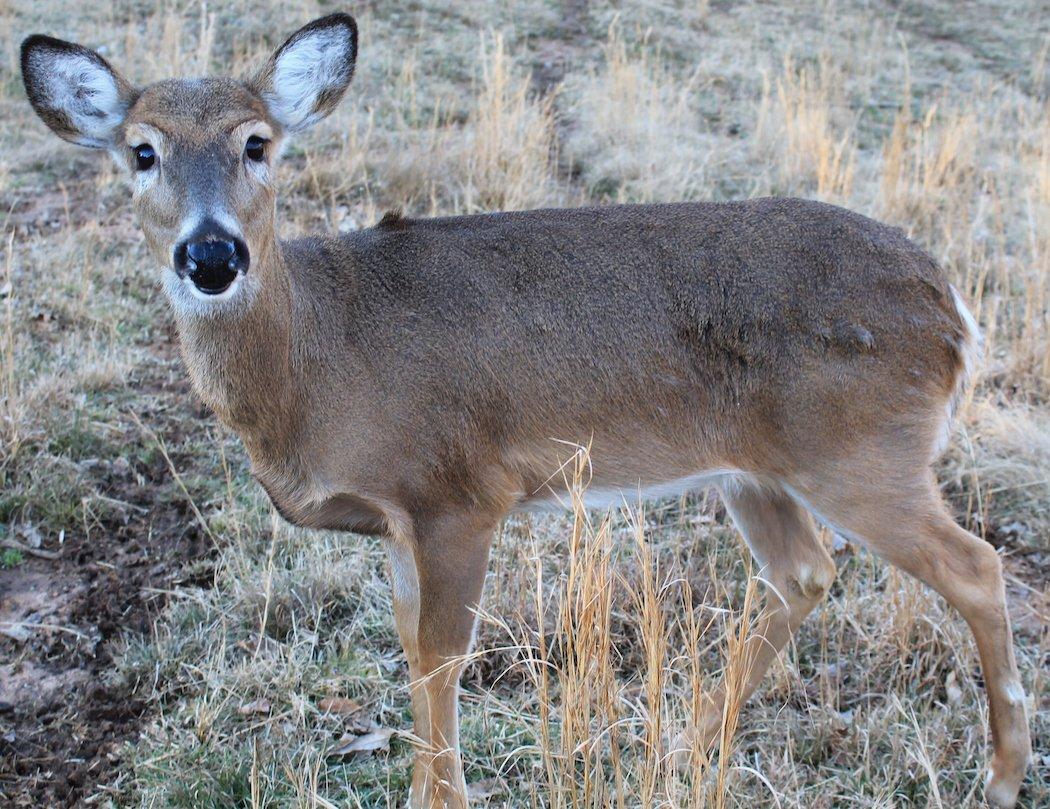
We've all heard that fella who thinks his buck-to-doe ratio is 1:10. But it's virtually impossible to observe a ratio higher than 1:5, and three does per buck is even more realistic in a bad situation. Don't be fooled by those who try to say otherwise. The data proves them wrong.
How? Kip Adams, a whitetail biologist with the Quality Deer Management Association, explains the case.
Observed ratios are generally skewed toward does because during hunting season antlerless deer (does and fawns) are often more viewable than bucks, and many hunters inadvertently consider fawns as adult does. Adams said. Also, in areas of high buck harvest, the actual and observed sex ratios truly can dramatically favor does during and following the hunting season. However, this likely was not the case prior to the season.
Still don't believe it? There's more.
I often hear hunters, outdoor writers, and even biologists refer to 10:1 or 15:1 doe-to-buck ratios, Adams continued. These cannot be pre-hunt adult ratios because as long as the deer herd is reproducing and recruiting fawns, the ratio cannot become more skewed than about five does per buck. The biological maximum is roughly 5:1 because even in the absence of doe harvest, a certain percentage of adult does in the population will die each year from old age, vehicle collisions, disease, predators, etc. Also, about 50 percent of fawns born each year are bucks, thus the sex ratio gets an annual correction when fawns are recruited.
In other words, don't blame your lack of buck sightings on a bad ratio. You either just haven't found them yet, haven't tried hard enough, or aren't making smart hunting decisions.
Don't Miss: 5 Ways Buck-to-Doe Ratios Affect Whitetails and the Rut
Photo credit: Josh Honeycutt
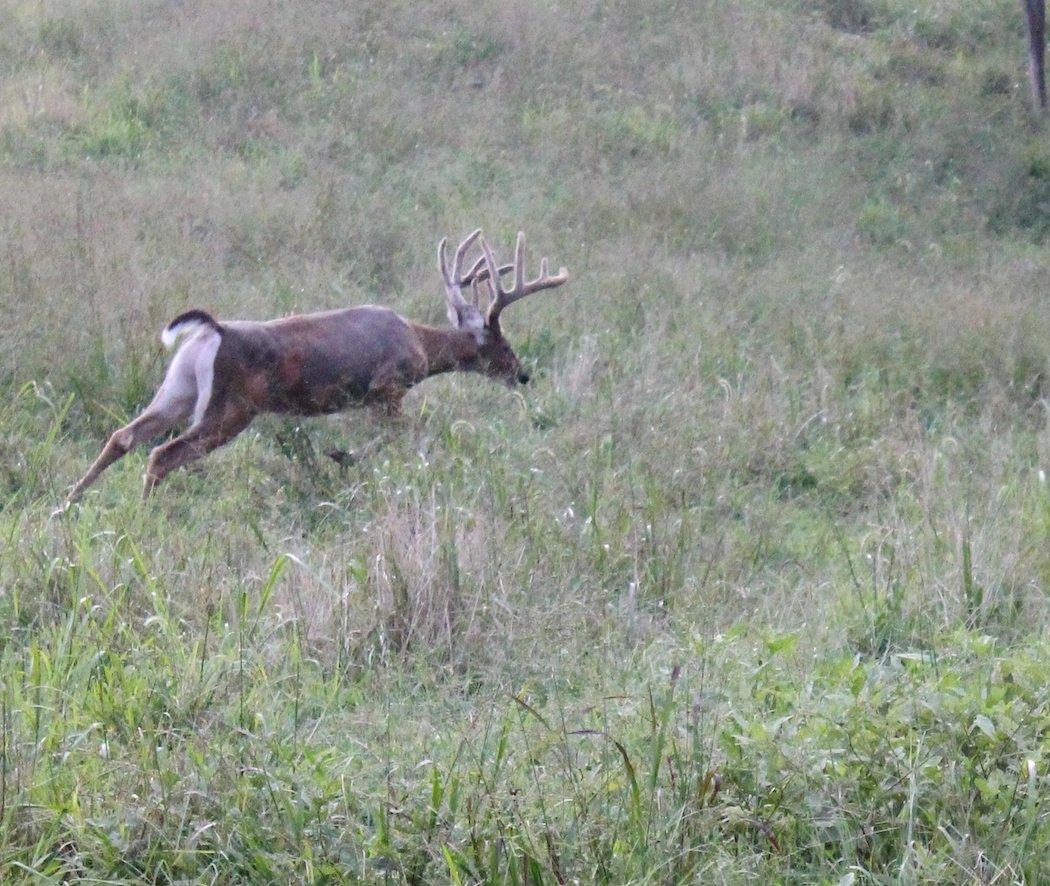
Actually, there are numerous studies out there to show that bucks don't do this. Instead, bucks tend to move less in daylight, confine themselves to smaller core areas, and do not venture far from bedding locations when hunting pressure is applied to an area. But they generally do not pack up and trek 30 (or even three) miles down the road.
Don't Miss: 7 Things to Know About Buck Home Ranges
Photo credit: Josh Honeycutt
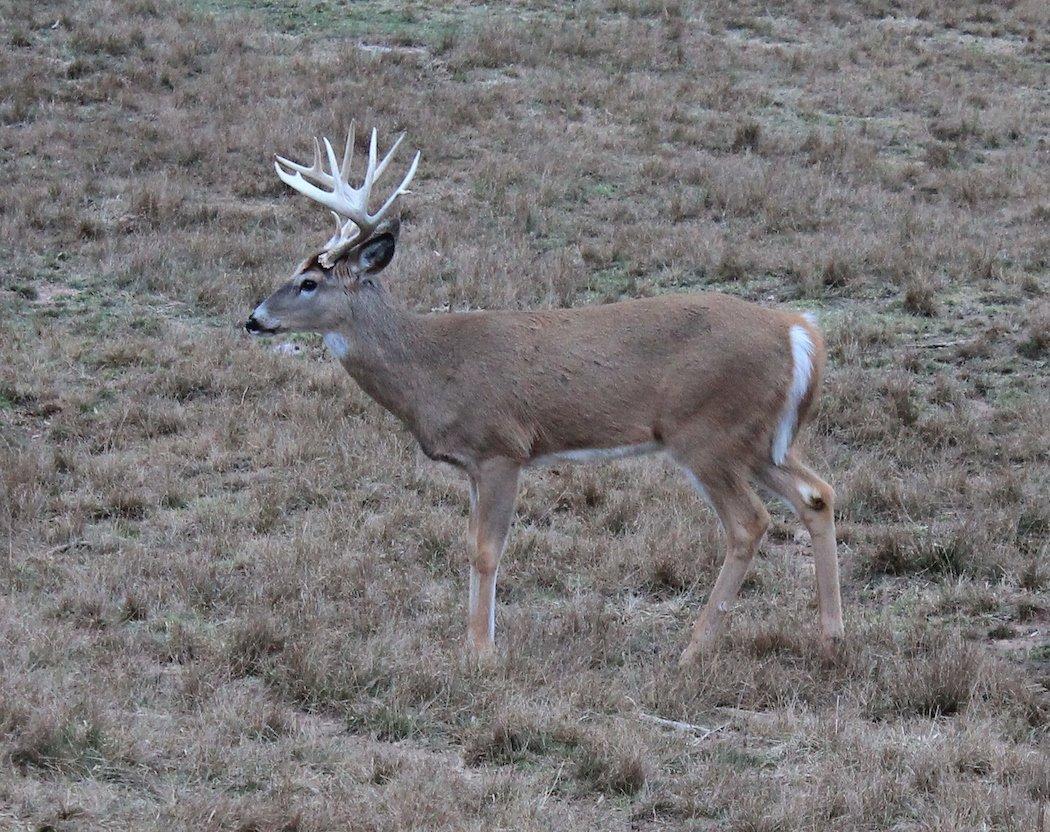
The tall tale that live deer can't see color is yet another myth. Instead, deer see dichromatically. In layman's terms, deer are red and green color blind. However, they can see the color blue 20 times better than we can. You won't be wearing them blue jeans to the stand anymore will ya, eh?
This is also the reason that deer see best at dawn and dusk. Ever notice how blue everything looks during those two times? Deer do. And that's one of several reasons why deer move most during those two times.
Don't Miss: Whitetail Sensory: What Do Deer Really See?
Photo credit: Josh Honeycutt
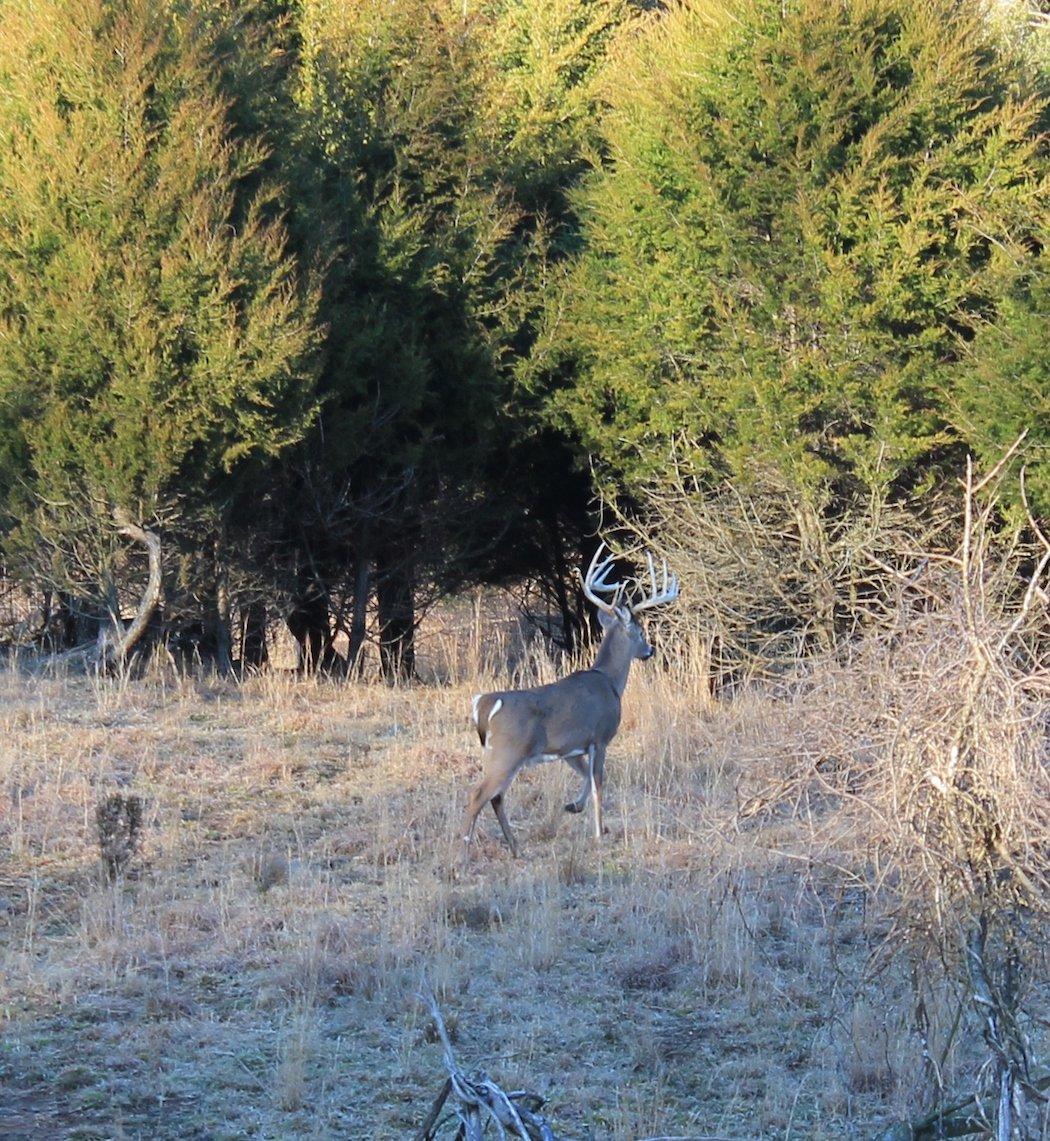
Boatloads of research goes against the once-believed theory that the moon phases (or rutting moon as some refer to it) dictate when deer breed from year to year. The fact of the matter is that deer in the northern half of the country breed according to photoperiod, or daylight length. And the research ‚ fawn conception date studies derived from fetuses from harvested does ‚ shows does are bred within the same small window every year.
The reasons this must occur is because fawns in the northern states (generally north of the 36th latitude) have to drop during a certain window in spring to have enough time to reach a certain weight before winter. This is not a relevant factor in the southern states, and that is why breeding dates range from July to February (south of the 36th latitude), depending on location.
Don't Miss: How to Know When the Best Days of the Rut Will Be
Photo credit: Josh Honeycutt
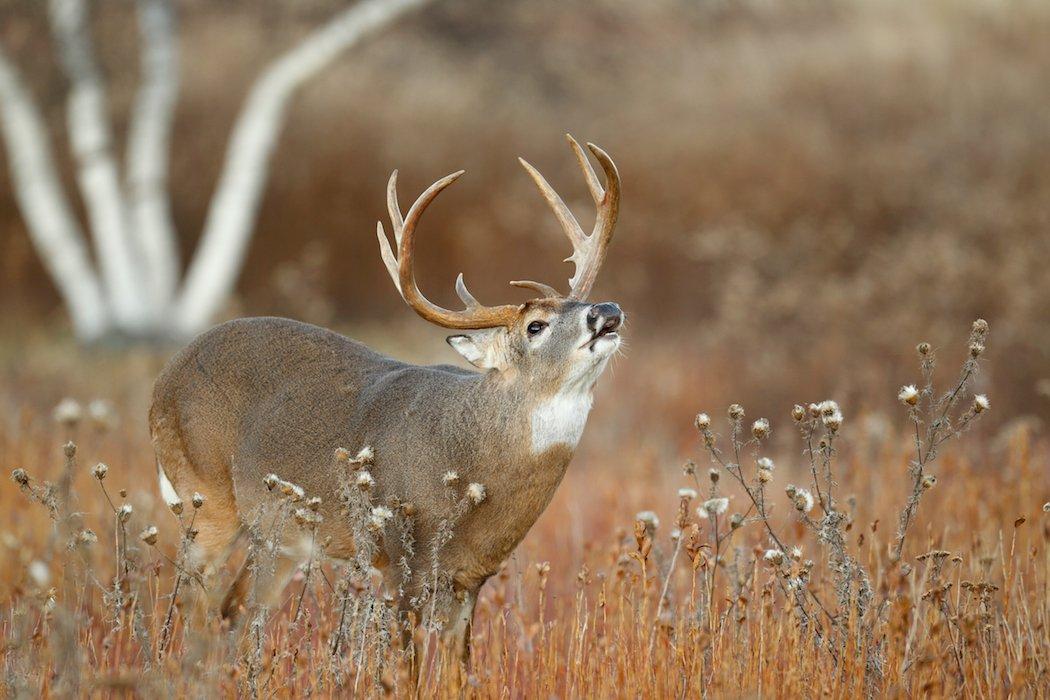
This too is another myth I once believed. When in reality, it is false. I can write enough to fill a book on the use of estrus scents and their (lack of) effectiveness. But I won't. I'll stick to the lip curl.
When a buck lip curls, the urine-scent from the doe passes across the vomeronasal organ in the roof of the buck's mouth. However, the reason we know for sure this is not the buck checking for estrus status is because that organ does not lead to the decision-making part of a buck's brain. Instead, it leads to a part of the brain that controls physiological and reproductive responses. In essence, it's a sexual stimulant for bucks. When a buck is flehman (lip curling), it's elevating its body to be in peak breeding status the same time the doe is.
Don't Miss: 10 Facts About the Whitetail Rut
Photo credit: Shutterstock / Paul Tessier
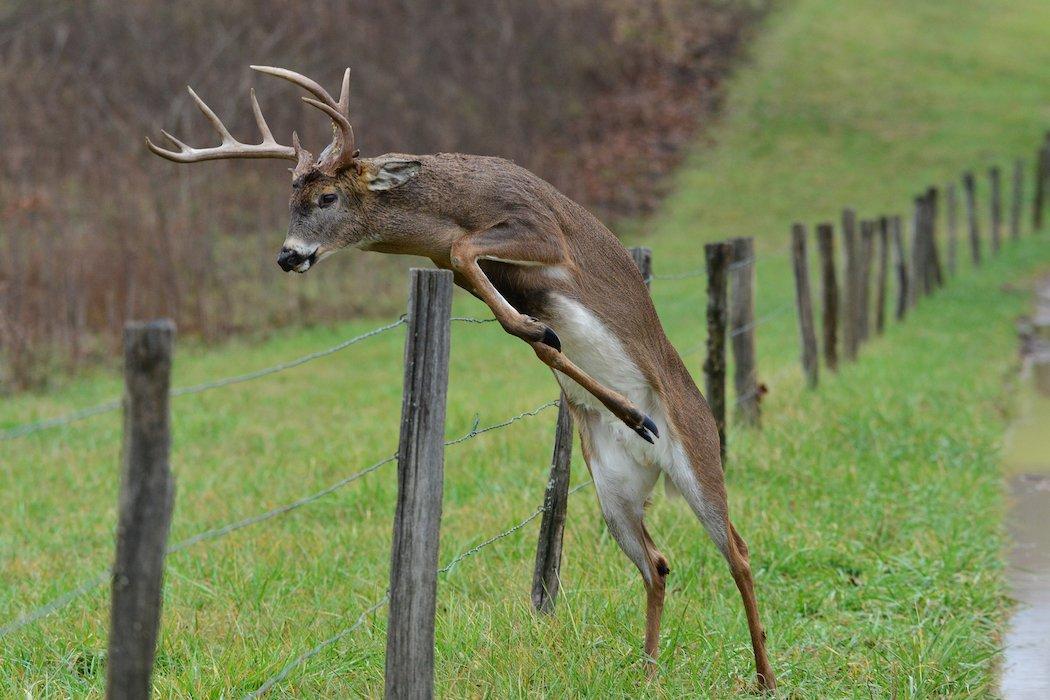
People think that just because a big buck is in the area that it breeds all of the does. And the majority of hunters used to believe that. Well, science tells us it isn't so. As revealed by Kip Adams in a recent QDMA report, dominant bucks don't breed all of the does.
Biologists used to think large mature bucks dominated the breeding in deer herds similar to the way bull elk do, Adams said. The idea was the largest individuals successfully defended all receptive does (does that are in estrous and ready to breed) from other would-be suitors. This idea seemed plausible, and it wasn't until the advent of genetic testing that paternity assessments could be done. Research during the past few years has revealed a much different picture of what actually happens in the whitetail's breeding world.
White-tailed bucks will spend anywhere from a day to a day and a half with an estrous doe. And oftentimes multiple does in a given area enter estrous around the same time. Furthermore, dominant bucks don't always find estrous does right when they enter estrous. Because of these reasons and more, younger bucks comprise a significant percentage of the breeding.
Adams also stated that recent research ‚ conducted by Dr. Randy DeYoung ‚ shows that in areas with good age structures, bucks aged 3¬Ω years old and older sired between 70 and 85 percent of the fawns. That means 25 to 30 percent of fawns were sired by young bucks in areas with plenty of mature bucks. Imagine how that number would increase where older bucks are far less common.
Don't Miss: Quiz: How Well Do You Know the Rut?
Photo credit: Shutterstock / Paul Winterman
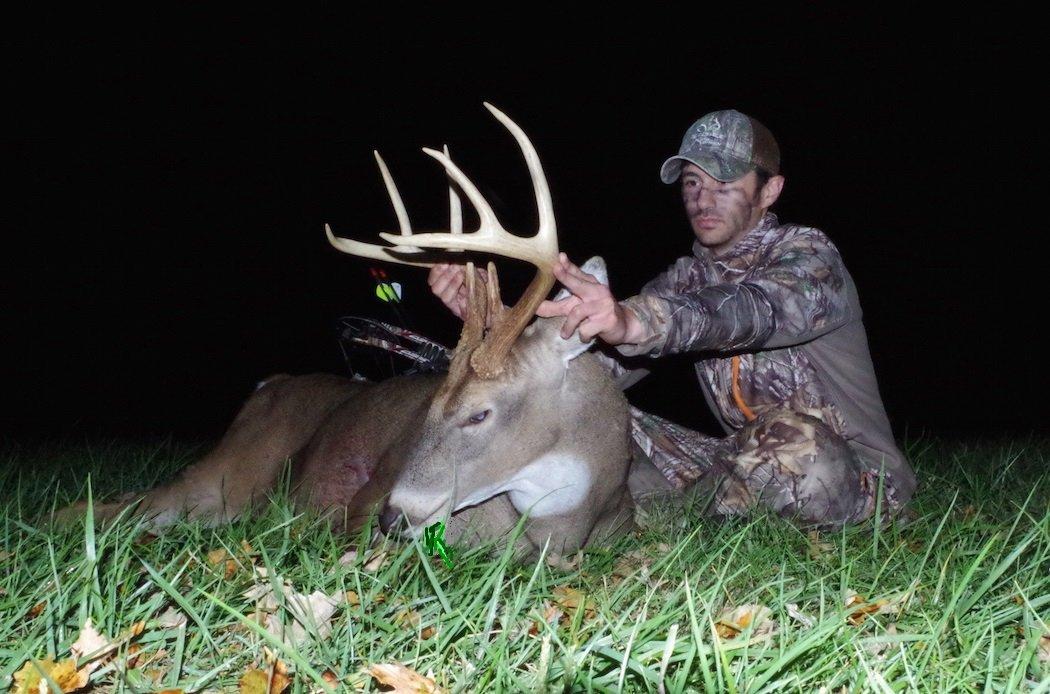
The vast majority of antler deformities are injury-related, not genetic. Injuries to the pedicle, velvet antlers during the growing phase and bodily injuries (these show up the following and subsequent years) will often result in deformities in the antler. Killing a deer with such a deformity does nothing to improve overall antler production in the herd.
Also, as we've already discussed, both the buck and doe contribute to the genetic makeup of a buck's antlers. This is another reason it is virtually impossible to influence antler production in wild whitetails by culling inferior bucks.
Lastly, recent studies show that many bucks may only sire (on average) one to three fawns in a single year. Other bucks do well to sire that many fawns in a lifetime. So taking out that one deer ‚ if it has genetically-undesirable antlers ‚ will have very little effect on the overall gene pool. Other studies produced results that showed no change between two adjacent farms where one operated under a cull policy and the other didn't.
There is even more evidence to support the fact that culling is not an effective method of increasing overall antler production. But the underlying message derived from them all is that hunters cannot improve overall herd antler production with a cull policy. Instead, the two factors that real-life hunters can influence are age and nutrition. Let deer get older. Give them more nutrients necessary for good health.
Don't Miss: Deer Hunting Debate: Does Culling Really Work?
Photo credit: Marty Honeycutt
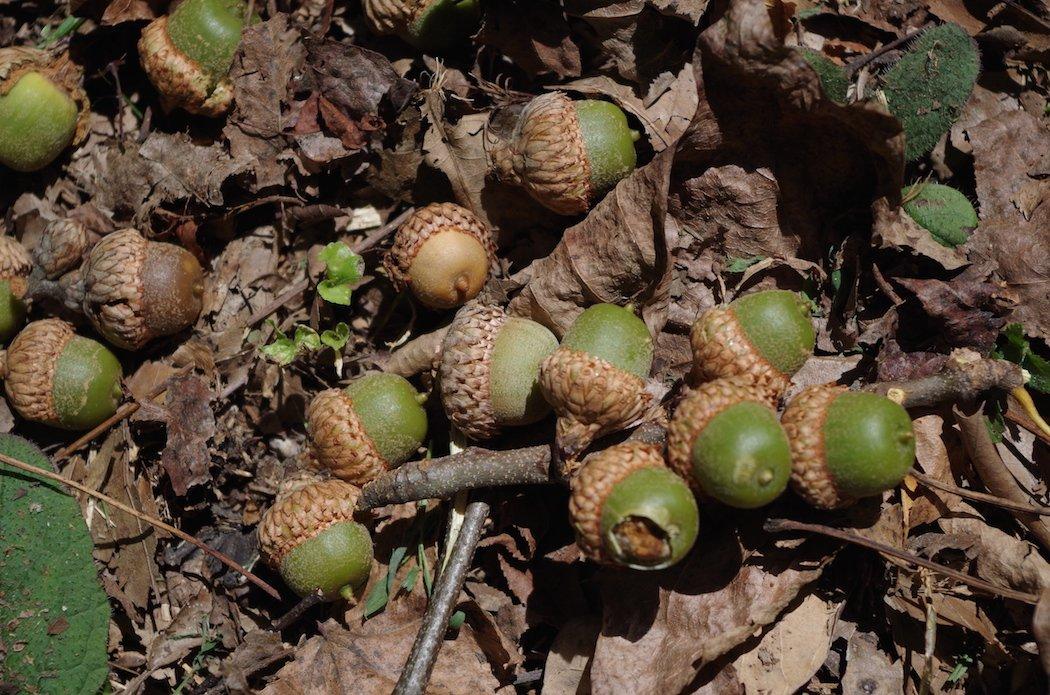
This might be the most-believed myth there is. However, study after study (even on hunted properties) has shown that deer movement does not decrease during the month of October. Instead, both buck and doe movements (daylight included) gradually increase from September to November.
The biggest reason hunters believe in the October lull is because deer transition from summer to fall ranges between mid-September and early October. Not only that, but they transition from summer food sources to fall food sources, too. Therefore, deer are going through a lot of changes and many hunters do not adapt their stand locations to follow these changes. They keep hunting in locations they were seeing deer before, instead of where deer are relocating to. Hunters must constantly adapt.
Photo credit: Chantal Honeycutt
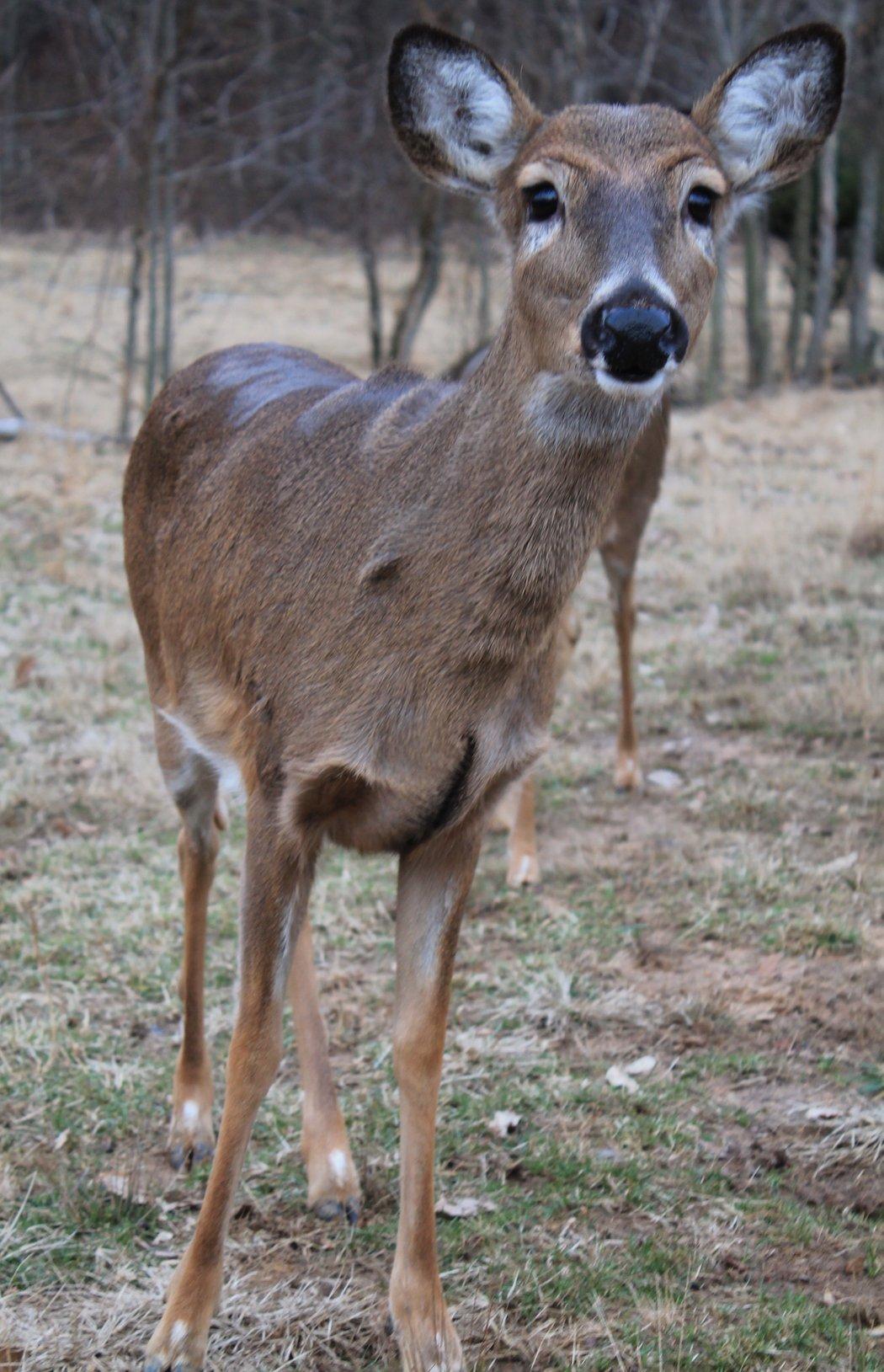
It's a common belief the oldest doe in the herd is also always the biggest doe. Not true. Does generally reach their peak body size/weight around the age of four or five. Older does, especially those that make it past the age of seven or eight, typically weigh less than middle-aged does.
On the flip side, it's important to understand what you're looking at with each given encounter. If a doe and two fawns step out, sure, the biggest one is the oldest doe. However, if six or seven antlerless deer walk into view, don't automatically assume the biggest is the oldest. Sometimes really old does can resemble yearling and 2-year-old does. Pay close attention to other body characteristics and weight/fat distribution to see the entire picture.
Don't Miss: 10 Lessons I've Learned While Doe Hunting
Photo credit: Josh Honeycutt
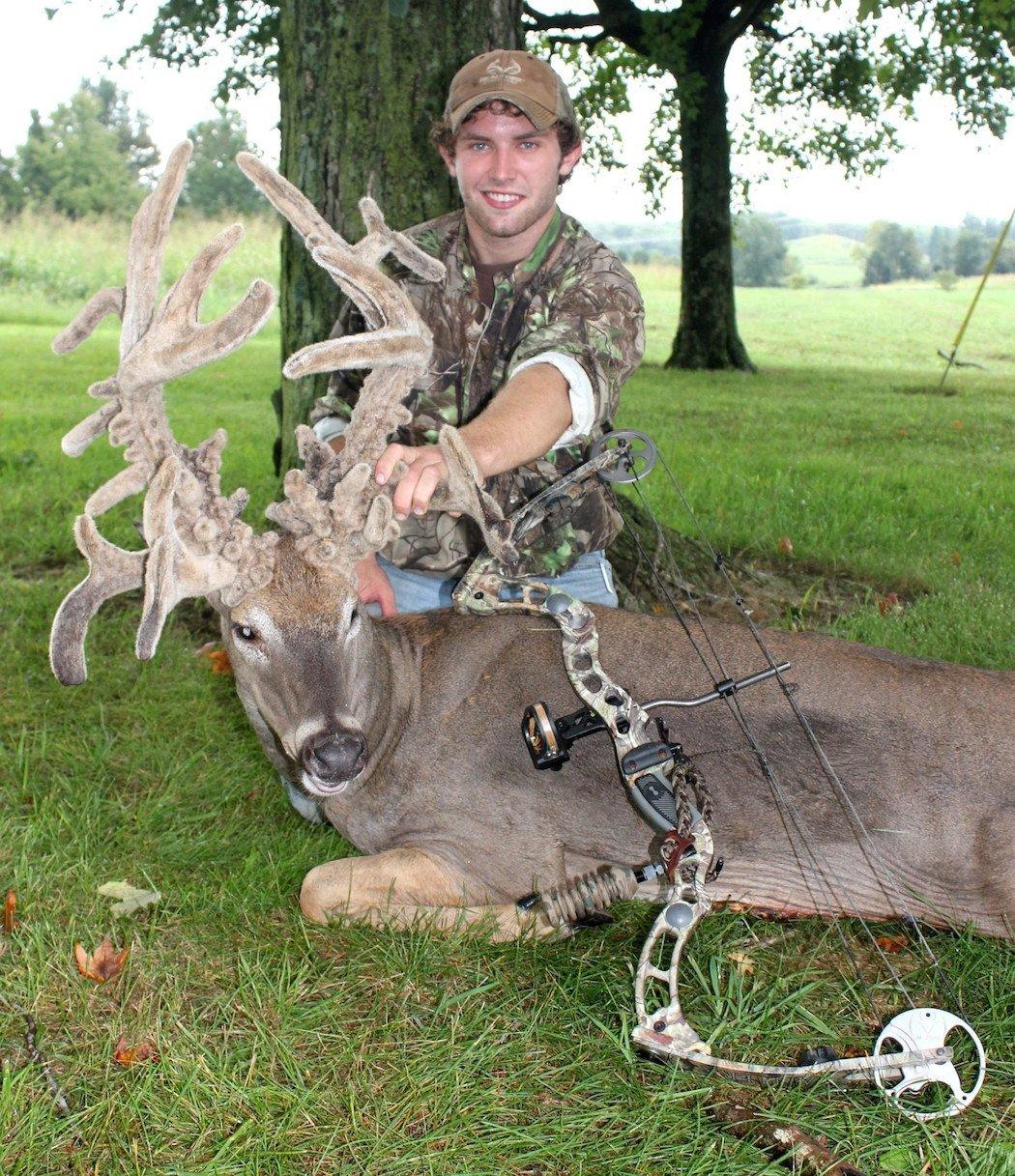
A lot of old timers (and younger folk) think home ranges grow as bucks age. The research actually shows that home ranges shrink as deer get older. Older bucks generally have a home range of one square mile or smaller. Yearling and 2-year-old bucks tend to have the largest home ranges.
Why is this the case? Basic needs. More dominant bucks generally inhabit the best habitat and terrain. They choose the areas where they can find food, water and cover within close proximity of one another. Traveling far and wide is frowned upon by most older members of the deer herd.
Don't Miss: The Science of Killing Big Bucks
Photo credit: Thad Cartwright
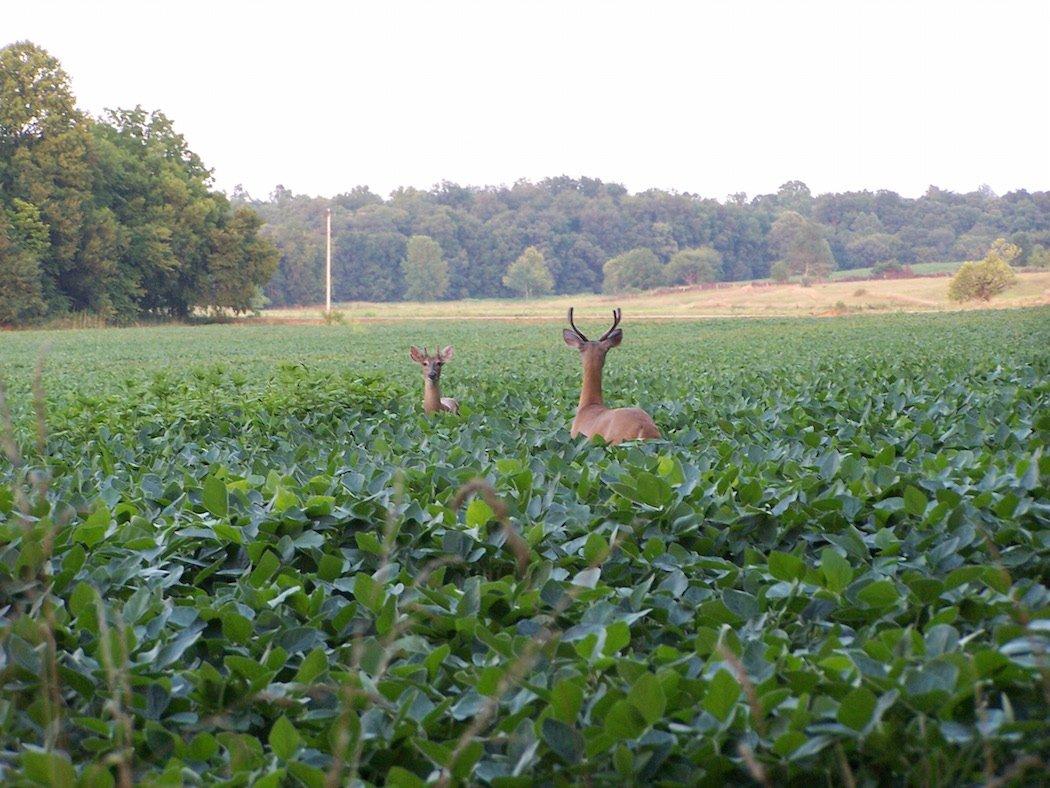
The old saying is that a spike will always be a spike is a non-truth. That's long been debunked. Studies have shown that spikes often develop very respectable racks in their prime. However, on average, they do tend to produce four to five fewer inches of antler each year than bucks that produced four or more points with their first set of antlers.
Don't Miss: From Buttons to Booner
Editor's Note: This was originally published May 25, 2018.
Photo credit: Josh Honeycutt
Are you a deer hunter wanting to learn how to accomplish your goals? Check out our stories, videos and hard-hitting how-to's on deer hunting.






